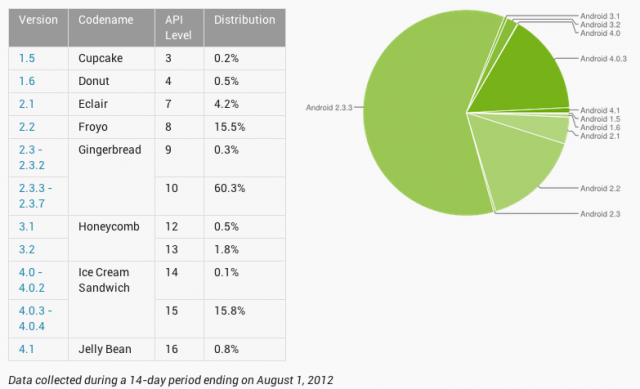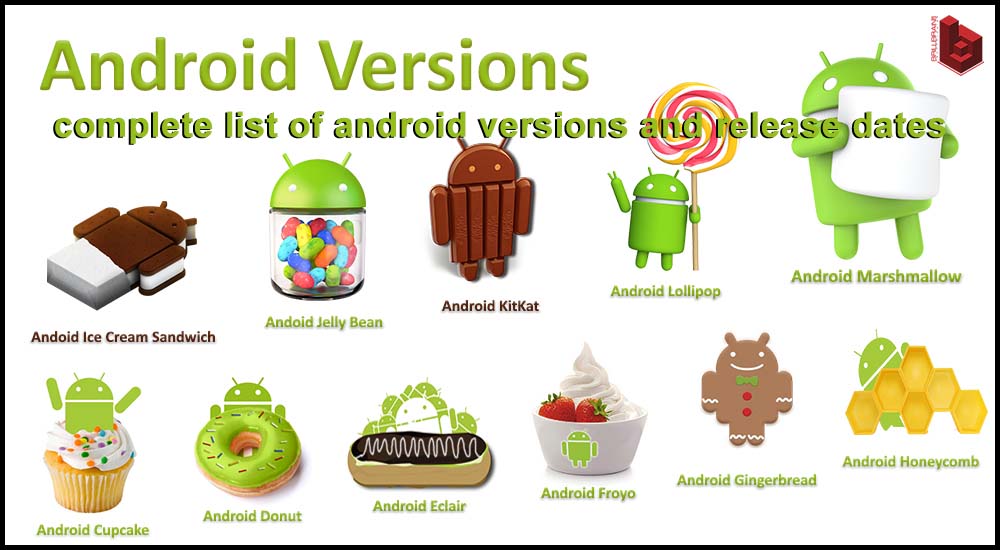
- #Wiki android os versions for android#
- #Wiki android os versions software#
- #Wiki android os versions code#
- #Wiki android os versions Offline#
OSM based replacement for Android's MapView (v1 API) class. Hybrid components available for Cordova, NativeScript, React Native, and Xamarin.Īddon for osmdroid: Markers, Bubbles, Routes, Directions, KML and more.
#Wiki android os versions Offline#
Offline or online vector map rendered on device using OpenGL ESĪndroid-Intent "geo:"-Uri gpx and kml file/urlĬustomizable, interactive vector maps styled in Mapbox Studio and rendered using OpenGL ES. Offline rendering and routing library using OpenGL ES customisable style sheets 2.5D perspective view with 3D buildings Supports 3D city overlays, editable vector overlays and is highly customizable.
#Wiki android os versions code#
There are also a number of projects on GitHub and Google Code with both 'android' and 'openstreetmap' tags. Another benefit of using these libraries is that they respect OpenStreetMap’s tile usage policy by fetching tiles and other resources from dedicated servers instead of OpenStreetMap’s donated servers.
#Wiki android os versions for android#
Several libraries make it easy for Android developers to incorporate OpenStreetMap in their own applications, whether as a static map image, a fully interactive map, or more sophisticated uses like geocoding and routing.
#Wiki android os versions software#
Libraries for developers Main article: Software libraries These applications also use OpenStreetMap in some fashion:

These applications let you search for and learn about places on the map. It can also help you determine the satellites it can see and is using at any given time, which frequencies your device listens on (whether it supports dual band signals, for example), and the accuracy of the data your phone reports. GPSTest can help you determine which GNSS satellite networks your phone supports (Beidou, Galileo, GLONASS, GPS, QZSS, etc.). You can use GPSTest to troubleshoot your GPS data. Other applications that appear here have orienteering features that are still useful for that purpose. Some of these applications also appear in the Navigation section of this page, making them granular enough for use in turn-by-turn navigation directions. You can upload your GPS tracks to OpenStreetMap to help you add features to the map. The applications in Category:Android apps that can record GPS tracks allow you to record your movement as GPS tracks. Locus Map with the Augmented Reality addon.

These applications overlay OpenStreetMap data atop a real-time view of the device's back camera: These applications allow you to contribute imagery for armchair mappers to use: There are also several applications that contain some limited editing functionality you can find them in this category. These applications provide turn-by-turn navigation and, in many cases, voice guidance: For a comprehensive comparison of all available Android applications, see Comparison of Android applications. Each of these applications is actively maintained, with a new release within the last 18 months, as of 11:02, 26 June 2016 (UTC). The following applications rely on OpenStreetMap for core functionality, so they’re good ways to use OpenStreetMap on your Android device. Similarly, for contributing to OpenStreetMap, the iD editor embedded on the website supports basic interaction on tablets, but you may find an Android editor application to be much more convenient.Īpplications Main article: Comparison of Android applications For a map-viewing experience similar to that of the Google Maps application, check out the applications below. OpenTouchMap has slightly better multitouch support. The website is optimized for small screens such as those found on many Android phones however, the slippy map is limited to basic gestures such as drag-to-pan and pinch-to-zoom.

The most basic way to use OpenStreetMap on your Android device is to open in a Web browser such as Chrome.


 0 kommentar(er)
0 kommentar(er)
